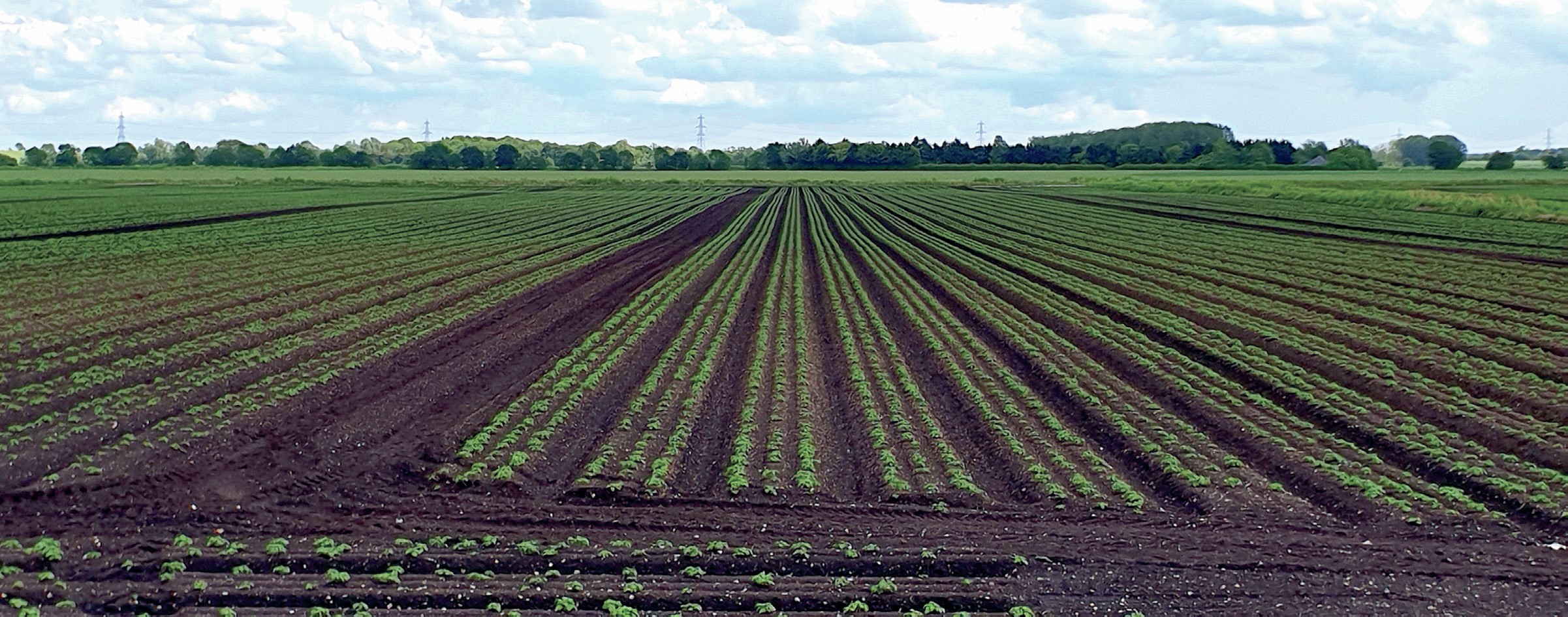
During the summer months, salad is often on our menus. Most of the ingredients we use are grown in the UK, with a large proportion coming from farms in eastern England. Salad may be a healthy option for you, but is it good for the environment and the climate?
The fens of eastern England are a flat, low-lying landscape in Lincolnshire, Cambridgeshire, Norfolk and a small part of Suffolk. Covering around 4,000 km2 , they contain some of the most fertile agricultural soils in the UK. There are more than 4,000 farms growing cereals, vegetables, salad crops and bulbs. Yet travel back in time, and this was once the largest wetland in England with vast marshlands, sedge-and reed-beds, carrs (wet woods) and lakes (meres) interspersed by settlements on islands of higher ground, such as Ely.
Your organisation does not have access to this article.
Sign up today to give your students the edge they need to achieve their best grades with subject expertise
Subscribe




